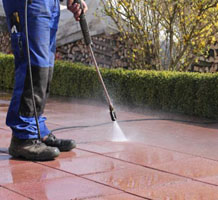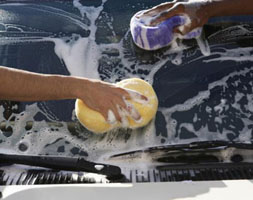An official website of the United States government
 United States Department of Labor
United States Department of Labor
Environmental conditions refer to the various tangible or concrete hazards or difficulties that are in the vicinity of workers, and describe surroundings or conditions experienced by workers as they perform critical tasks. The use of personal protective equipment (PPE) is identified for occupations with exposure to hazardous contaminants; moving mechanical parts; heights; and loud noises. If exposure is not completely mitigated by PPE, the duration of the day workers are exposed to these conditions is captured.
This document offers a general overview and basic descriptions of the environmental conditions that are collected and published by the Bureau of Labor Statistics (BLS) for the Occupational Requirements Survey (ORS).
Exposure to non-weather related temperatures that exceed:
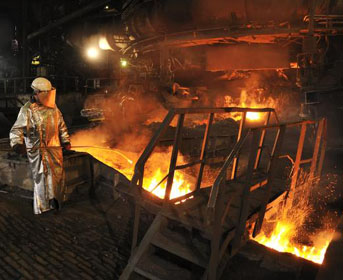
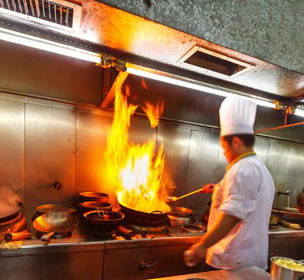
Exposure to a substance that negatively affects the respiratory system, eyes, skin or other living tissue via inhalation, ingestion, or contact.


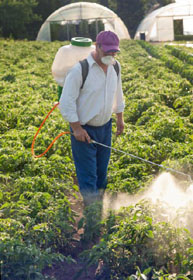
Exposure to a shaking object or surface that causes a strain on the body or extremities.
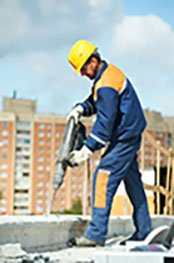
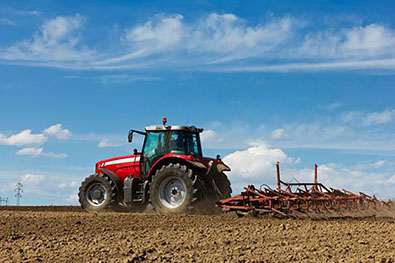
Exposure to possible bodily injury from falling.
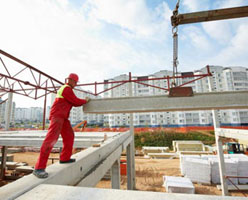
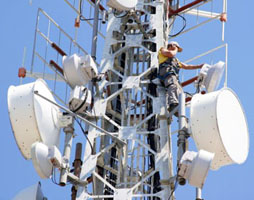
Non-weather related exposure to conditions where the air contains a high amount of water or water vapor and the atmosphere is oppressive.

The noise intensity level to which the worker is exposed in the job:
Quiet

Moderate

Loud

Very loud
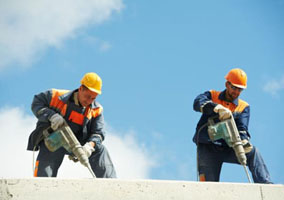
Job requires work outdoors with workers unprotected and exposed to the elements. This does not include the commute to or from work.


Operation of or proximity to moving materials, mechanical parts, settings, or any moving objects (most commonly moving machinery or equipment) that could cause bodily harm.
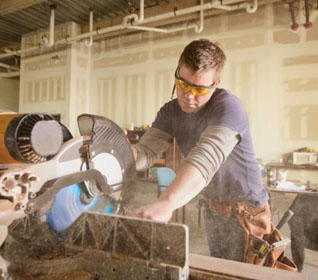

Any non-weather related contact with water or other liquids.
